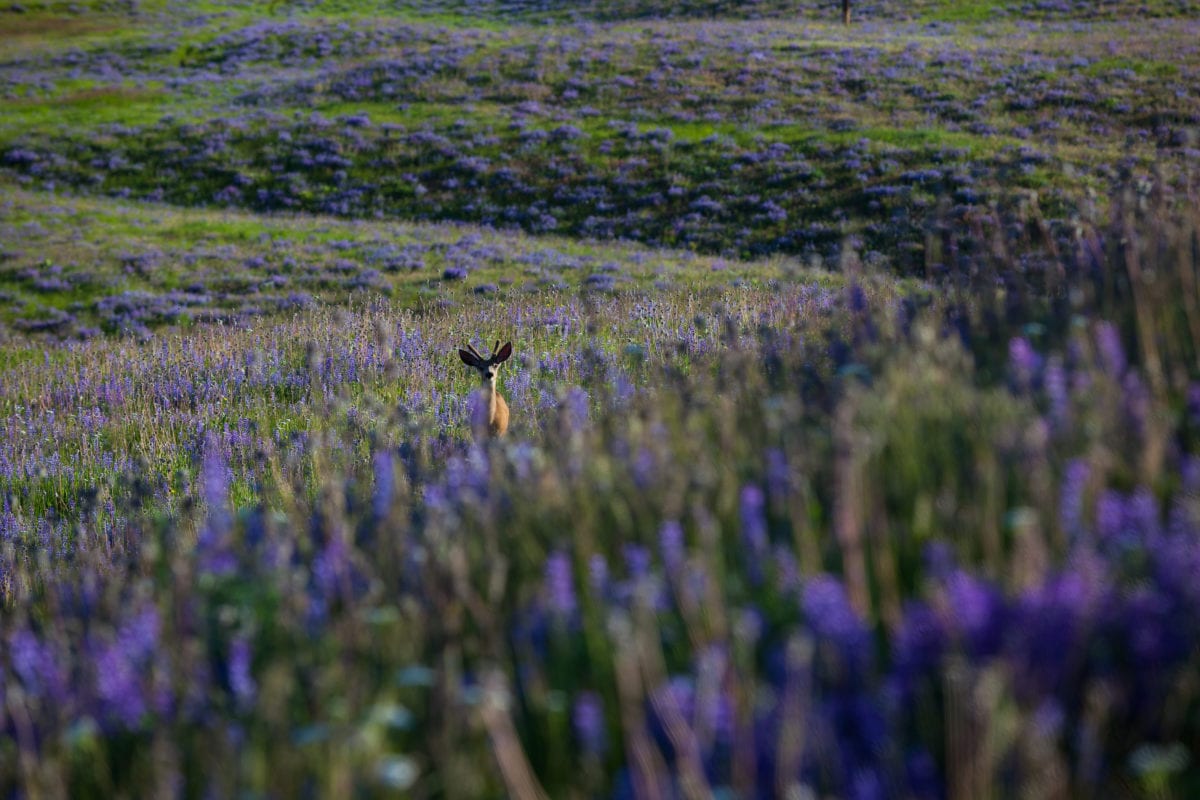
The Nature Trust of BC, a leading non-profit land conservation organization, is working to acquire 1,052 hectares (2,600 acres) near Princeton BC in three phases. With the help of their partners and supporters, they are on their way to getting the job done.
As the ink was drying on the acquisition of Princeton Grasslands – MapleCross Meadow Phase I, fundraising efforts were already underway to acquire the 390-hectare Phase II property and nearly double the size of the conservation complex to 863 hectares (2066 acres). By October of 2020, it was clear that those efforts were successful. This conservation property is now named Princeton Grasslands – MapleCross Meadow Phase II.
DOWNLOAD PDF OF THIS NEWS RELEASE
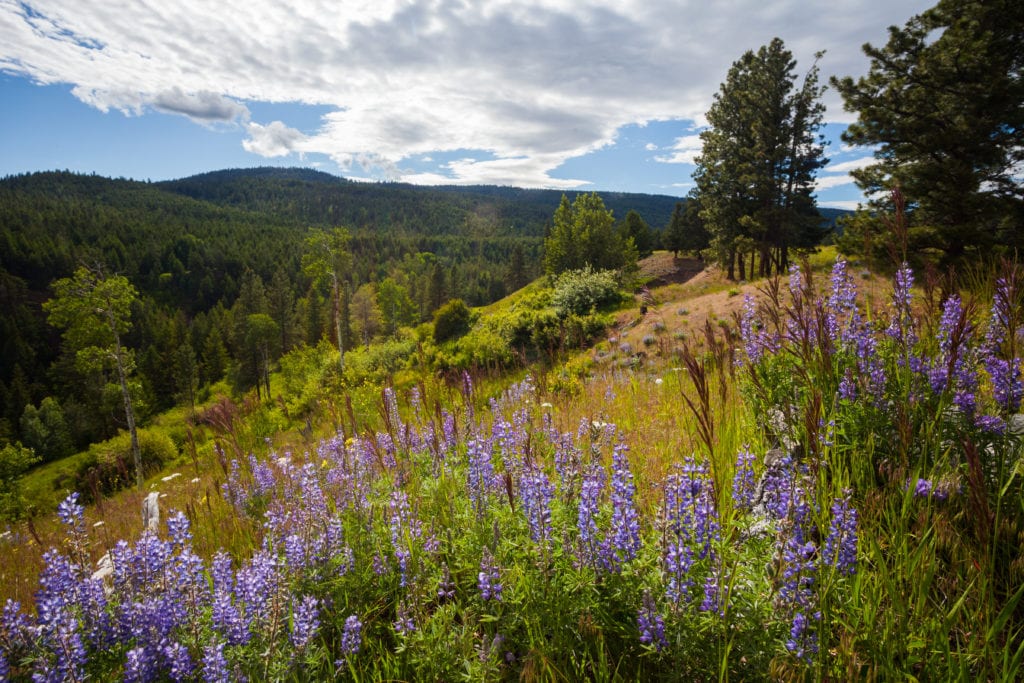
Princeton Grasslands | photo by Graham Osborne
BC is recognized for its iconic landscapes, soaring mountains, glacier fed lakes, rushing rivers, dense forests and dry grasslands. The Nature Trust is working to protect these landscapes and the wildlife that live there. The Nature Trust’s newest complex protects a variety of habitat consisting predominately of rare grasslands along with forest, wetlands, ponds and riparian areas.
Grasslands have disappeared at an alarming rate due to urban development and other uses. Less than 1 per cent of BC is covered with grasslands, which provide habitat for 30 percent of BC’s species at risk. Grasslands support more threatened and endangered plant and animals than any other habitat type in the province.

Williamson’s Sapsucker (left ) and Lewis’s Woodpecker (right) | photos by Glenn Bartley
Princeton Grasslands – MapleCross Meadow Phase II includes important habitat for the Williamson’s Sapsucker (listed as endangered under Canada’s Species at Risk Act (SARA)), a small woodpecker with males displaying a yellow breast and red throat. It is estimated that less than 500 adult birds live in Canada, which are spread out over 4 separate populations. Sapsuckers get their name from drilling rows of shallow holes in tree bark and licking the sap that flows from these holes. Later the birds return to eat insects that become caught in the sticky residue.
There are many species of birds in these grasslands. Distinctive blue and rust-coloured Barn Swallows (Threatened under SARA) dart through the air catching insects as they fly. Olive-sided Flycatchers (SARA Schedule 1, Threatened) perch high in the trees singing. Night brings the hollow, high-pitched hooting of the Western Screech Owl.
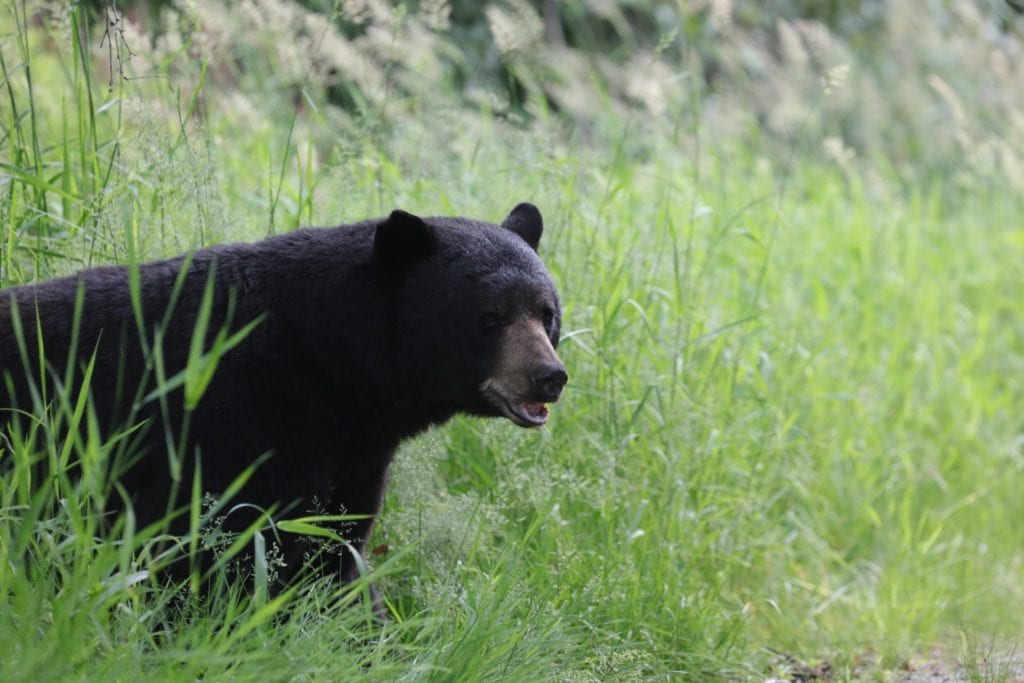
Black bear | photo by Norm Stack
In winter, Mule Deer range on the property. Mule Deer have difficulty in deep snow and move down from higher elevations during winter to feed on leaves, twigs and shrubs of low-lying grasslands. As spring approaches they move back up to higher elevations following the growth of nutritious forage and to escape the heat. Mule Deer play a vital role in their ecosystems by providing food for many predators, including Cougars, Bears, and Bobcats.
Each of these species depend on multiple kinds of habitats to live healthy lives and contribute to the ecosystem. Large, protected areas are the best way to ensure these species thrive.
This project has been made possible by the Government of Canada through the Natural Heritage Conservation Program, part of Canada’s Nature Fund, MapleCross Fund, Lightburn family, BC Conservation Foundation, Regional District of Okanagan-Similkameen, Okanagan Similkameen Park Society, Atkinson and Hodgson families and other supporters.
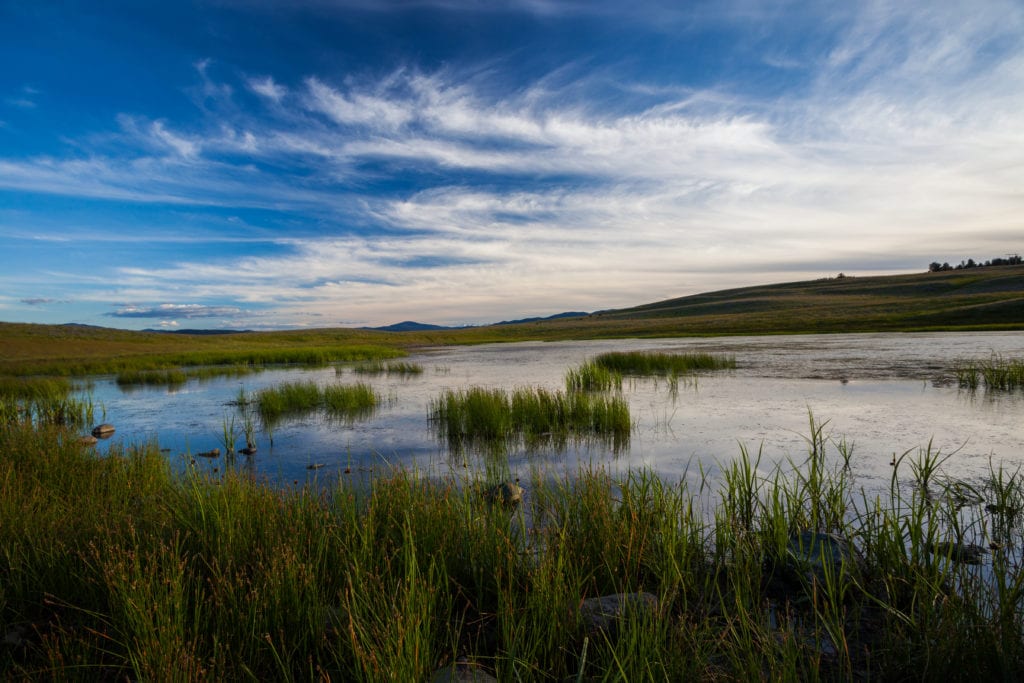
Princeton Grasslands | photo by Graham Osborne
Quotes
“We are delighted to be working with the Atkinson family on this acquisition. This is a spectacular property due to its natural beauty, conservation values and size. Vast grasslands stretch to the horizon, clumps of trees dot the landscape and a creek winds through the property. Eagles soar overhead and deer graze on the grass. Many species, including some of BC’s most at risk, live here. This is why we are working to protect this property.”
- Julian Zelazny Director of Conservation Land Securement, The Nature Trust of BC
“MapleCross is very excited to support The Nature Trust of British Columbia in protecting environmentally sensitive grasslands near Princeton. We hope to inspire others to invest in nature and join us in partnership with NTBC towards retaining the unique and ecologically important biodiversity of the province.”
- Jan Oudenes and Isobel Ralston, MapleCross
“By working with partners like The Nature Trust of British Columbia, we are protecting our iconic British Columbian landscapes and the wildlife that call those places home. Through programs like the Canada Nature Fund’s Natural Heritage Conservation Program, we are making progress toward conserving a quarter of Canada’s land and a quarter of its oceans by 2025.”
- The Honourable Jonathan Wilkinson, Minister of Environment and Climate Change
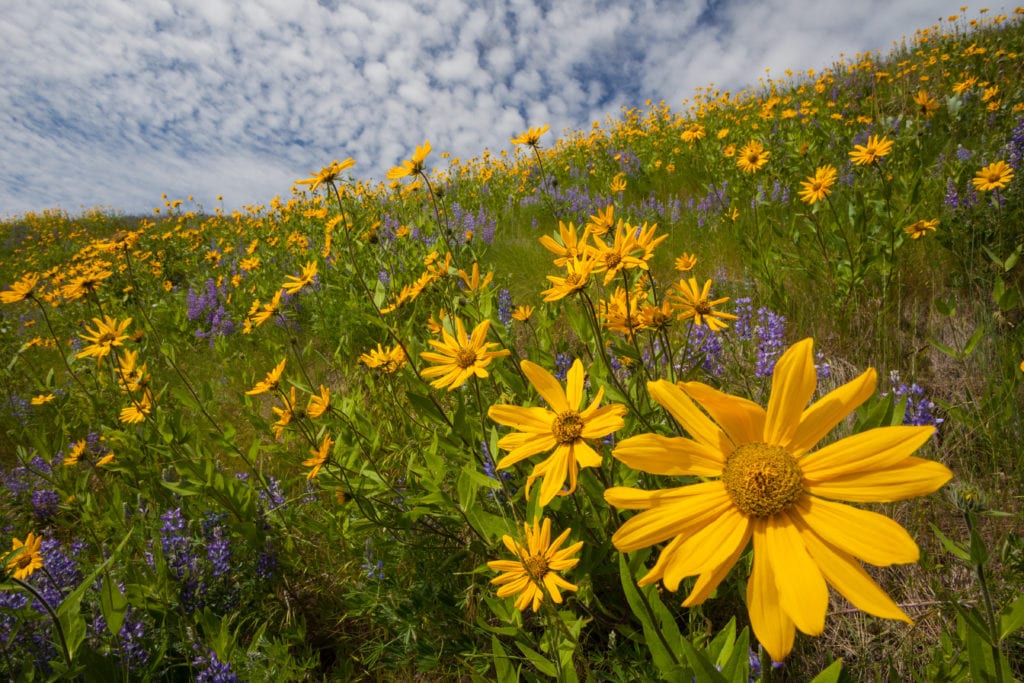
Princeton Grasslands | photo by Graham Osborne
Facts: The Princeton Grasslands
- The complex is located in two biogeoclimatic zones of provincial conservation concern: the Okanagan very dry hot Ponderosa Pine (PPxh1) and Okanagan very dry hot Interior Douglas-fir (IDFxh1).
- The property contains Important Habitat for two SARA Schedule 1 species: Endangered Williamson’s Sapsucker and Threatened Lewis’s Woodpecker. There is also an incidental observation of the Endangered American Badger, also on SARA Schedule 1.
- 33 hectares of phase II is open native grassland, which cover less than 1% of BC’s land base and provide habitat for more than 30% of BC’s species at risk. Grasslands support more threatened and endangered plants and animals than any other habitat type in the province.
- This conservation complex is adjacent to provincial Crown Ungulate Winter Range for Mule Deer, which should extend into this private property. Mule Deer have been observed on this conservation complex.
